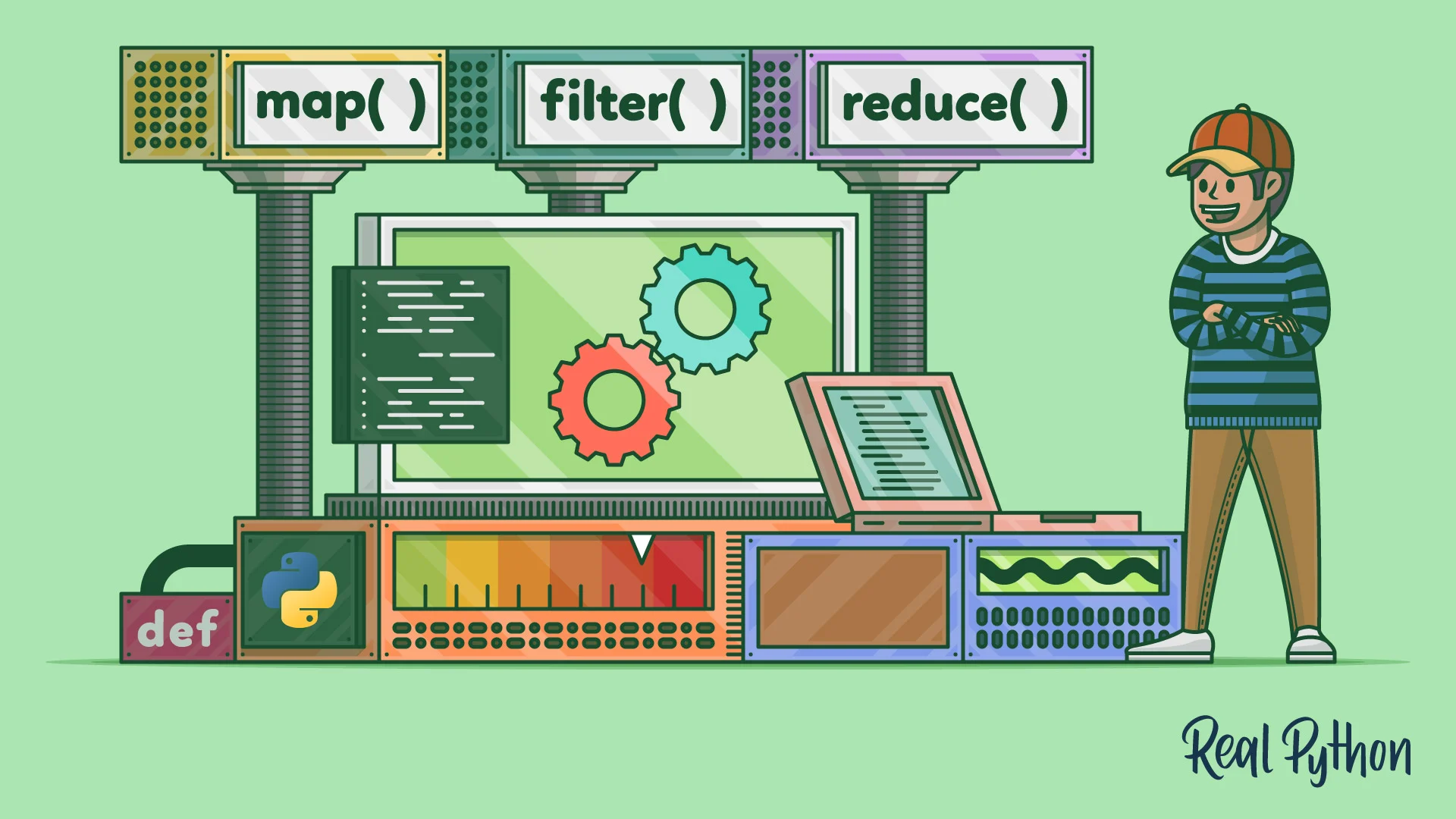Jeffrey Abrams
With the advent of multicore processors in mobile devices and changes in the scale of enterprise computing, functional programming has risen from the dead to shuffle and moan in the halls of Java.
Should we stockpile food and ammunition and barricade ourselves in a shopping mall, or should we allow this academic zombie to devour our brains?
This evening, we will discuss the principles and benefits of functional programming, as well as how a Java developer can take advantage of FP techniques, even in a predominantly imperative codebase. The discussion will conclude with a brief discussion of functional programming extensions to Java and JVM-based functional languages, such as Clojure and Scala.
Productivity Advances with JBoss, Red Hat, and OpenShift
James Perkins
Private cloud based on Apache CloudStack and Java
Daniel Kranowski
The Apache CloudStack private cloud server is open source. That is to say, IaaS (Infrastructure as a Service). This presentation will examine the system architecture of CloudStack and how to configure and deploy your own private cloud using CloudStack. We will also examine some CloudStack Java code to determine how it controls the XenServer hypervisor via Java APIs.
The future of RIA development is JavaFX 2.
Stephen Chin
The future of RIA development is JavaFX 2. It takes advantage of the power of a modern scene graph, adds rich animation and multimedia capabilities, and extends to the web and beyond. In addition, it leverages the power and breadth of the Java language and platform, enabling complete access to existing Java libraries and integration with Java client technologies such as Swing.
This session will introduce the JavaFX 2 platform from the perspective of a Java developer with extensive experience. The breadth of JavaFX APIs will be illustrated through the development of several examples throughout the session. In addition, we will demonstrate SceneBuilder, the latest JavaFX-based GUI development tool for rapid application creation. If you have previously heard of JavaFX but were hesitant to adopt it, now is the time to see what you have been missing out on.
This presentation will cover operational theory, system description, and possibly a live system demonstration. Every line of code will be available on Github.
Real-time applications have traditionally been deemed incompatible with Hadoop clusters.
Theodore Dunning
This presentation will demonstrate how to achieve sub-5-second latencies for a sample metrics application while retaining years of data with high availability and durability. This is accomplished using a hybrid system comprised of Storm and Hadoop that work in tandem to accomplish something that neither can do alone. This presentation will cover operational theory, system description, and possibly a live system demonstration. Every line of code will be available on Github.
Dropwizard’s web services are production-ready.
Sean Sullivan
Dropwizard is a Java framework for developing ops-friendly, RESTful web services with high performance. The library was created by Yammer, and Simple (formerly BankSimple) and Gilt Groupe have adopted it. We will discuss how and why Gilt is utilising Dropwizard.
Software Cost Planning
Chris Kessel
Software estimation is inherently difficult. Estimation is seldom taught in schools and receives scant attention in professional training. This presentation, which relies heavily on the work of Steve McConnell, explores the topic with the aim of enhancing estimation with a few simple rules of thumb and enhancing comprehension of the culture and politics surrounding estimation, which frequently lead to conflict.
Immerse Yourself in Java CIM Client Development Using SBLIM
Michael Mason
SBLIM is a free toolkit designed to simplify CIM/XML development. The presentation covers the fundamentals of CIM and demonstrates how to use SBLIM to perform common tasks that a CIM client would need to perform against a CIM Server.
Giving Thumbs Up to your Application (PDF)
Jon Batcheller
Mobile phone texting (txting) is now ubiquitous – a convenient user interface for all cell phone owners. The majority of age groups spend significantly more time texting than making voice calls. Java developers should logically consider incorporating text interfaces into their applications.
We will consider adding mobile text interfaces to the following three applications:
1.a mobile web healthcare application with group push text notification of an event to other caregivers
2.a web-based iPad POS application for ordering from a vehicle via text message from a mobile phone
3.an installed Swing application for public display of group texting
Progressive Introduction of New Features
Sean Sullivan
Gilt Groupe announced the availability of international shipping on gilt.com in November 2011. This feature was developed jointly by the Gilt engineering teams in New York and Portland. Important components of this project were coded in Java and Scala. Join us for a discussion on the rollout strategy for this feature in production.
Executing Java and Playing! Applications in the Cloud
William Ward
Heroku is a Polyglot Cloud Application Platform that supports the programming languages Java and Scala. This session will demonstrate how to deploy applications using a “git push.” The session will also discuss the significance of the share-nothing architecture for the scalability of cloud computing, as well as alternatives to sticky sessions and session replication.
Twilio and PubNub Cloud-Based Service Integration in Portlet
Chris Buckley
Recently, I created two open source portlets for Liferay that integrate Twilio and PubNub. We will discuss these portlets. Twilio provides infrastructure APIs for the development of scalable, dependable voice and text messaging applications. PubNub offers real-time push notifications in addition to device-to-device broadcasting that is exclusive. The usability of these two APIs and the Spring MVC portlets that wrap them will be examined.
PubNub – Cloud Service Java API Twilio – Cloud Service Java API Spring MVC Portlets wrapping the services Liferay deployment
Java Continuous Integration Environment
This is a discussion about Java enterprise agility with continuous integration (CI). Among the topics covered will be:
Continuous integration equipment
To diverge or not to diverge?
When to make a commitment
When to construct Self-testing constructs
Construct storage
Building GWT Enterprise Applications in Legacy Application Frameworks
David Douglas Bullard
This article describes how Nike replaced a legacy JavaScript data grid with a GWT grid.
Web Services Apache CXF
Dennis Sosnoski
Apache CXF provides the most adaptable support for both REST and SOAP of any Java web services stack, including support for multiple XML data bindings and JSON output for REST web services. This presentation will demonstrate how to implement and deploy CXF web services utilising Java standards such as JAX-RS and JAX-WS as well as custom CXF extensions. You will also gain an understanding of the various configuration options supported by CXF, including Spring-based, annotation-based, and direct configuration in code, as well as the ease with which CXF can be used to implement web services projects. Finally, you will see how CXF fits into the open source SOA infrastructure provided by Apache.
Comparison of JSON library
Sean Sullivan
JSON has become the standard data interchange format for web services on the Internet. We will investigate open source libraries that make serialising Java objects to JSON simple. This presentation will cover three popular Java libraries (json.org, Jackson, and GSON) in addition to a popular Scala library (lift-json).






